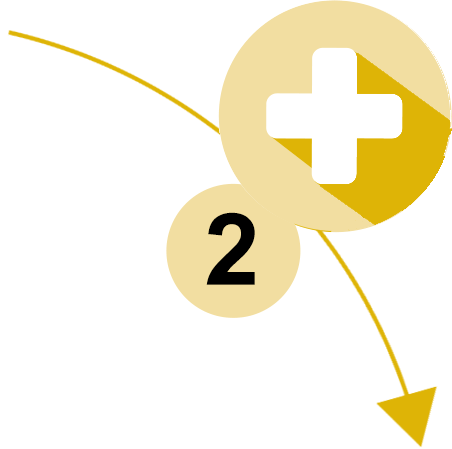Summary
In this introductory module, we defined the 3 dimensions of clinical quality, explored the key principles of quality improvement and outlined some of the common tools that are used within healthcare.
The next four slides comprise a self-assessment, which you should attempt to consolidate your understanding of quality improvement.
When you have answered the questions correctly you can print a certificate to show you have completed this session.

Stage 1: Preparation and Planning (including for repeated cycles)
A topic is selected for quality improvement, which may be a national or local project. A quality improvement technique is chosen, roles are defined and an organised structure is agreed.

Stage 2: Measuring Performance
The quality improvement project is organised and conducted, and data is collected. The results are collated into a report and put together to present to stakeholders for information and scrutiny.

Stage 3: Implementing Change
If shortfalls are identified as a result of measuring performance, an action plan is put together, with timescales and named responsible individuals, to implement changes and make the required improvements.

Stage 4: Sustaining Improvement (including for repeated cycles)
It is important to repeat the quality improvement project, to check and to demonstrate that the required improvements have been made and to confirm that they have led to the desired outcome.